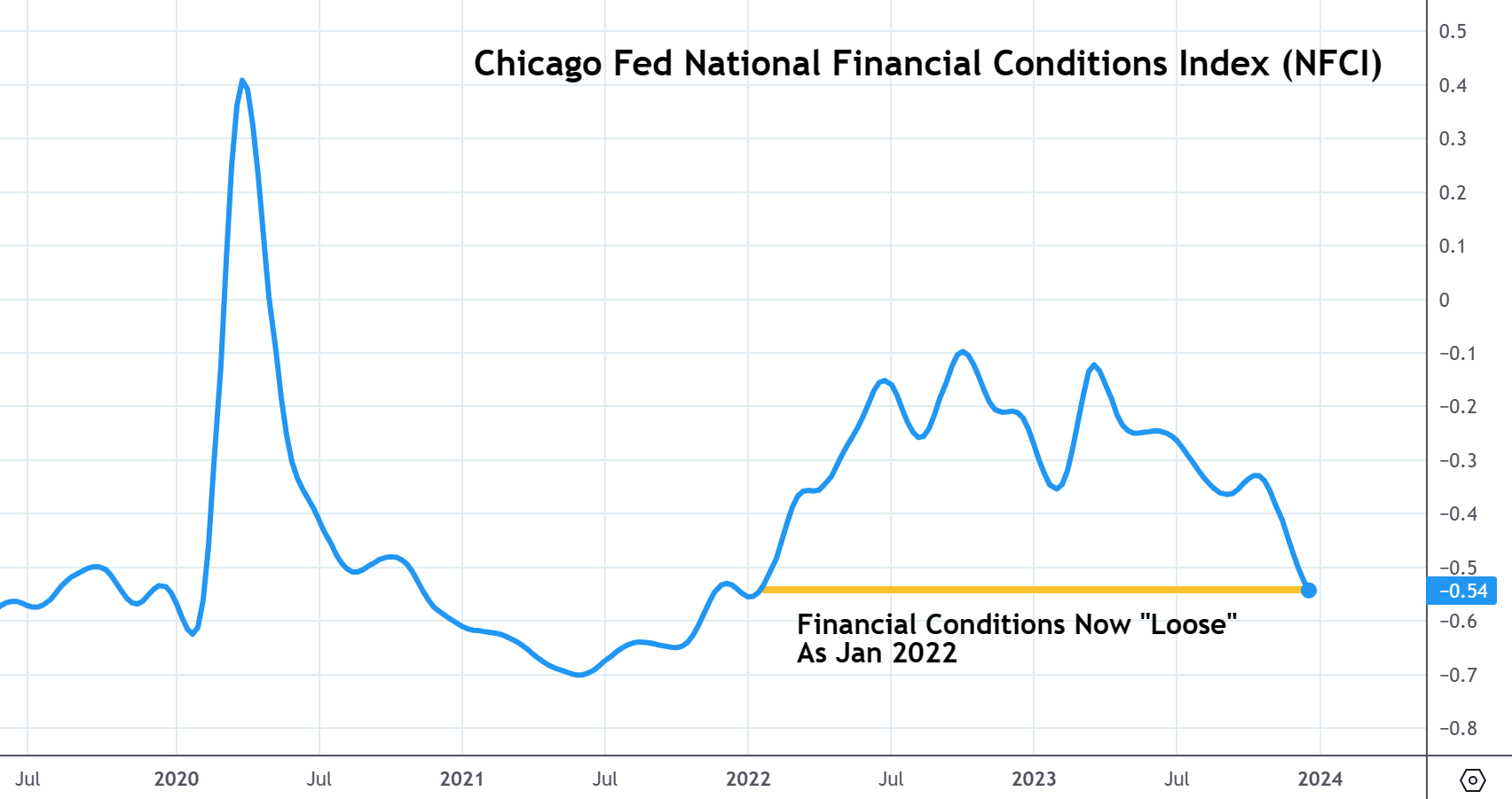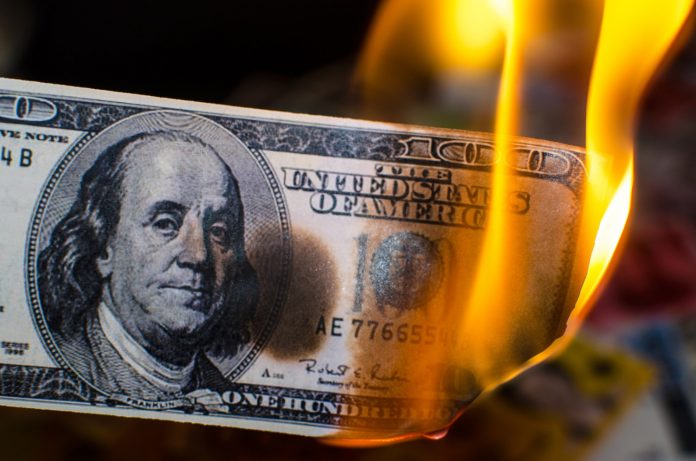Stocks stumbled today as Wall Street closed out a strong year on a bearish note. The S&P edged down, moving away from its all-time high of 4,796.56, with a drop of about 0.5%. The Dow fell by over 100 points, a 0.3% decrease, while the Nasdaq Composite experienced a 0.7% decline.
Despite this afternoon’s dip into the red, the major indexes have demonstrated remarkable strength throughout a year riddled with economic uncertainties. The Dow climbed over 13% this year, the S&P enjoyed nearly 25% gains, and the Nasdaq surged by 44% on newfound AI optimism.
This resilience in the stock market unfolded against the aggressive tightening efforts of the Federal Reserve, aiming to control historic inflation levels. Despite some criticism for its initial slow response to pricing pressures, Wall Street’s sentiment has been lifted by the expectation that the Fed’s rate hikes might have reached their peak.
A notable narrative of 2023 is the assumed economic downturn that defied predictions. Numerous economists, including Federal Reserve staff, anticipated a recession as the central bank raised borrowing costs to tame inflation. Higher interest rates typically lead to reduced consumer spending and business investment due to costlier loans. However, the economy displayed greater fortitude than anticipated, with many borrowers having secured lower interest rates before the Fed’s monetary tightening. Government spending jumped, too, offsetting the impact of tightening.

According to the Chicago Fed, financial conditions are now as loose as they were back in January 2022. Keep in mind that the Fed started raising rates in March 2022. That means, without cutting rates, financial conditions have loosened to the point that it would appear the rate hikes never happened. Still, both the market and the Fed act as if inflation won’t come back.
Looking ahead to 2024, analysts are divided on what the future holds, but the market is leaning towards a less restrictive stance from the Fed (imagine what impact that would have on financial conditions). Tech stocks, pivotal in driving recent market growth, are viewed by some analysts as key players in fostering further gains next year.
“As the ball drops on Times Square to end 2023 heading into 2024 we believe the tech sector is set up for an acceleration of spending around cloud and AI spending that we believe is still being significantly underestimated by the Street. In our opinion the new tech bull market has now begun and tech stocks are set up for a strong 2024,” wrote Wedbush analysts in a recent note. This perspective highlights the potential for continued growth and innovation in the tech industry, underscoring its role in the broader market dynamics as we transition into the new year.
On the other hand, these stocks are looking vastly overbought compared to the rest of the market. Of the different stocks out there, tech has the most room to fall in the event of a recession. And if inflation comes back? The Fed could halt its dovish shift, which would hammer tech even harder.
With key spreads on the yield curve now close to flipping positive (after previously inverting), the bull market is likely near its conclusion. The US economy has never escaped a yield curve reinversion (or un-inversion) without a recession. The question now is whether the Fed will start slashing rates next year because inflation has been defeated, or out of panic in the face of an economic slowdown.








